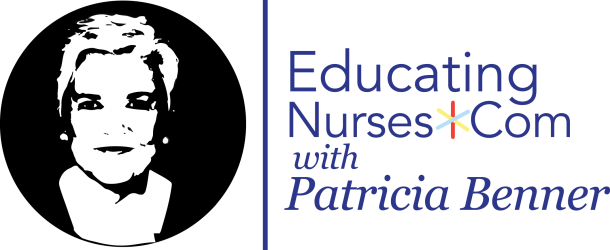Membership is required to view the requested content.
Thank you for your interest. You have accessed a page which requires a paid membership to view.
Members of Subscribing Institution
If you are a member of a subscribing institution fill out the form below. To inquire about membership, or if you believe you have reached this page in error, please contact us.
